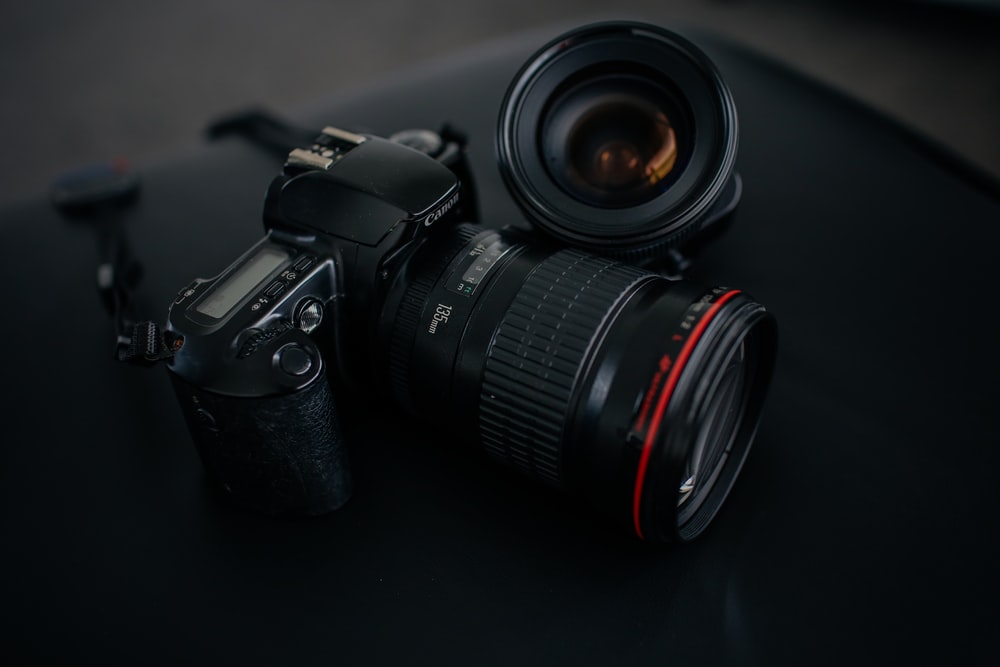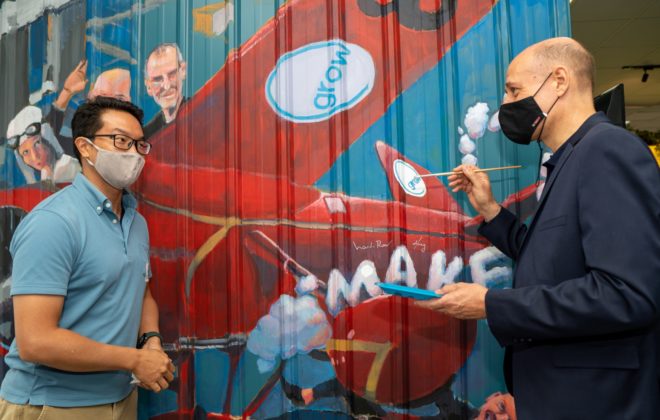
A Brief History Of Photography
Photography has been around longer than you’d think! A far cry from the digital, easily manipulated photos of today; the humble beginnings were very experimental. Theorist and philosophers describe the principles long before it is in motion of ‘discovery’ – is it natural human desire to want to capture a moment forever? A genesis passed down for generations and fine tuned until the present where literally EVERY moment is capture-able!
A Brief and Generalised Time-Line of Photography
In The Beginning…
5th-4th Centuries B.C – The concept of optics is expressed by Chinese and Greek philosophers.
1664-1666 – White lights composition of multiple colours is discovered by Isaac Newton.
1727 – 1814 – Johann Heinrich Schulze discovered that silver nitrate darkened when exposed to light, and the first photographic image is achieved by Joseph Niepce using the camera obscura. Requiring a staggering 8 hours of light to develop and ultimately fade.

The kodak Brownie camera from 1902 (source: science picture library )
1827 – 1841 – An experiment carried out by Nicephore Neipce creates the earliest surviving photograph, which used a sheet of metal and film slathered in chemicals, the process still took 8 hours of light. By 1839 this metal plate method, or Daguerreotype was popular and available to the masses. In 1841 William Henry Talbot discovers the first negative-positive process making possible multiple copies.
Late 19th century – Celluloid film reigns reigns supreme. In 1871 Richard Leach Maddox invented the gelatin dry plate silver bromide process, which meant negatives no longer needed to be developed immediately. In 1888 (something we’re all familiar with) KODAK came to life, and if you’re not familiar in camera terminology you’ve probably heard it from the mouth of Pitbull when he rhymes Kodak with… Kodak, GENIUS. Kodak revolutionised photography as leisure and using a film “roll” developed in-store, they marketed to the general public as “You push the button, we do the rest.”

The kodak Brownie camera from 1902 (source: science picture library )
Early 20th Century – With a resurgence in popularity today, as the millions of instagram tag would suggest, 35mm film comes to the scene from 1913. Used predominately for motion pictures in the beginning, the 135 (35mm) format rapidly gained popularity for still cameras.
Mid Century…
1942 -1950 — Chester Carlson patens electric photography – xerography. Edwin Land launches and markets the Polaroid camera (game changer, also still popular today), and 35mm SLR is now one of the primary types of cameras for photographic images. This image format is still widely used, or based around for modern photography.
1960-1970 – A decade of huge technology change, the first underwater camera is developed for the U.S Navy. By 1963 Polaroid introduced the first instant colour film, and 1968 we see the first picture of earth taken from the moon; Earthrise is considered one of the most influential environmental photographs.

Assortment of vintage cameras by Robert Serrini
1970-1980 – Polaroid continues to develop upon instant photography. By 1975 he first known digitally recorded images were created in a Kodak lab. Taking 23 seconds to capture the 0.01 MP image and the camera coming in the size of a new born at around 8 pounds. In 1978 Konica releases the first point-and-shoot autofocus camera. Let’s all take a second of silence to appreciate auto focus, praise be.
The Digital Age…
Through out the 1980s and 1990s several digital point and shoot cameras were developed. This decade also gave us the humble 3.5 floppy disk, and THEN in 1990 we are graced with the compact disk or CD which made it easy to store multiple photos on one device. It wasn’t until the early 2000s that true digital cameras became publicly accessible. Film roll cameras were popular up until the late 90s. By 2004 DSLRs had basically taken over from 35mm SLRs. It’s notable to mention this era also developed Adobe Photoshop, but it wouldn’t become truly ‘known of’ for another decade or so.

The Nikon 35Ti, one of the most popular film cameras of the 90s (source: 90s film cameras )
The Now…
Now we have cameras that can go anywhere and do anything. We can see clearly into galaxies beyond ours, or watch storms on far away planets. There are cameras that go inside the body for medical imaging, and cameras that go deeper than a human could survive in dark ocean waters. We have cameras that live in our back pocket that we can whip out at any moment, and we have cameras that catch real speed in clear focus. A far cry from 8 hours of exposure time a hundred years past. Some of the big players in the history of photography have since gone bust, Kodak failed to grow with the rapid pace of digital camera expansion and in 2012 filed for bankruptcy, ultimately ending the “Kodak Moment” era! It would be out of the ordinary, fast forward to 2021, to own a phone without a camera, as we capture and share our highlight reel and deem ourselves absolute cereal box photographers! Professional photography has no bounds with the abundance of photo editing software you can literally have a picture of you very believably put on anything, doing anything, with anything and have it done so well you fool millions of internet users who believe you really did ride a moose to the Sahara. It’s fairly safe to assume that we would not have the technological advancements, knowledge and solutions we have today without the ability to take photos! Shall we take moment of gratitude to appreciate the millennia of discovery it took for us to have what we have RIGHT NOW *click* nice smile 😉

The anatomy of a phone camera shows the intricacy we all enjoy today (image source: Mobile Photography )
Tags In
Check out top-rated local artists near you!
Are you an artist ? Sign Up












